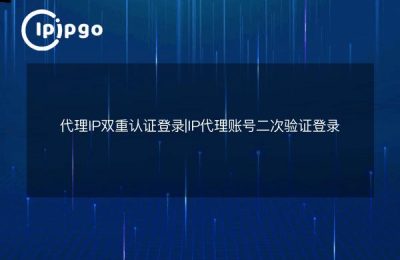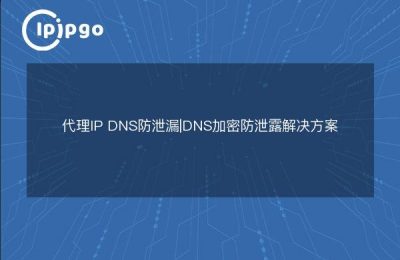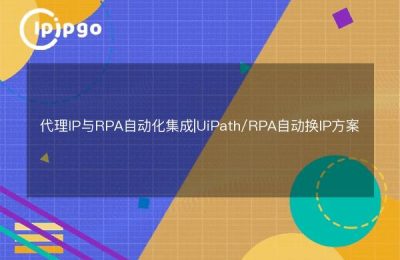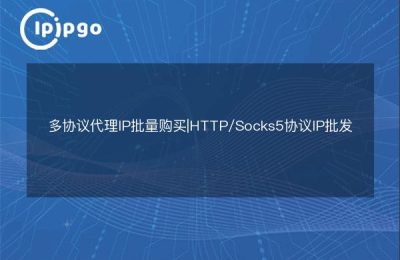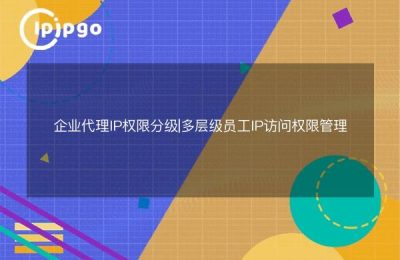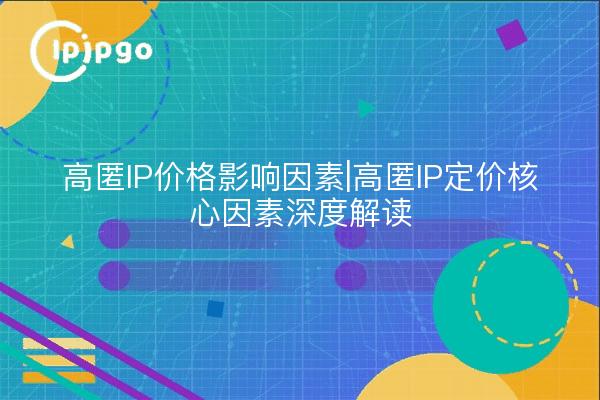
Why is there a big price difference between high stash IPs? First look at the underlying logic of the resource
The same high stash of proxy IPs can vary by more than 10 times from one service provider to another. The core of this phenomenon isResource acquisition cost variances.. Three main types of resources exist on the market:
1. Server room IP pool(Lowest cost): Bulk purchase of cloud server generation, easily recognized as a proxy IP
2. Recycled IP library(medium cost): collection of IPs of retired broadband subscribers with erratic survival cycles
3. Residential IP network(Highest cost): Work with carriers to acquire home broadband IP, real user environment
Taking ipipgo as an example, its 90 million+ residential IP resources are directly contracted with global carriers through compliant channels, ensuring that each IP comes from a real home network environment. This way of acquiring resources is costly, but it can realizeRequest header information is complete,Behavioral characteristics simulate real usersand other high stash core needs.
The four pricing dimensions are broken down to teach you to recognize true value
To determine whether a high stash of IP is good value for money, it is recommended that these four dimensions be cross-checked:
| dimension (math.) | Low-quality service performance | Quality service features |
|---|---|---|
| IP purity | Blacklisting accounts for over 30% | Daily IP cleansing mechanism |
| Protocol Support | Basic HTTP protocol only | Full protocol coverage (including Socks5) |
| Geographical coverage | Concentrated in 10-20 countries | 240+ countries available |
| responsiveness | Average delay > 800ms | Intelligent Route Optimization Technology |
A special note here.Effect of protocol support on invisibilityipipgo supports full protocol access including Socks5, which means that users can choose the most suitable encryption method according to specific scenarios. For example, when Socks5 protocol is used for financial-grade business, the data transmission is encrypted and wrapped with multiple layers of encryption, which makes it more difficult to be recognized as proxy traffic than ordinary HTTP protocol.
Hidden Cost Traps, Details Not Known to 90% Users
Many service providers advertise "low prices" behind the hidden consumption, you need to focus on these two indicators:
1. Fluctuating success rate of requests: The premium service shall maintain a stable success rate of 95% or more. When frequent request failures are encountered, actual cost of use = price tag / (success rate x stability factor)
2. IP repeat call rate: Some platforms recycle IPs to reduce costs. ipipgo uses theDynamic residential IP rotation mechanismThe maximum number of times a single IP can be reused is no more than 3 times, to avoid over-exposure of the IP leading to wind control.
A Practical Guide to Buying a High Stash IP
Selecting a matching program based on business scenarios can effectively control costs:
Data Acquisition Scenarios: Select SupportCountry + City + ASN Multiple Positioningservice, ipipgo supports accurate localization up to city level, avoiding collection failures due to IP geographic deviation.
High-frequency visit requirements: Be sure to verify that the service provider hasIP warm-up mechanismipipgo's intelligent scheduling system trains new IPs in a 48-hour environmental simulation to bring their request behavior closer to that of real users.
Long-term missions: Recommendation to opt for supportDynamic/static IP free switchingservice, ipipgo users can adjust the length of IP retention in real time at the console, from 1 minute to 30 days flexible configuration
QA Module: Answers to High Frequency Questions
Q: What is the fundamental difference between a high anonymity IP and a regular proxy?
A: The core differences instack integrityrespond in singingFlow Characterization Simulation. Regular proxies may be missing key request headers such as X-Forwarded-For, whereas ipipgo's high stash of IPs will keep the original home broadband request information intact.
Q: How do I verify the true cloaking of an IP?
A: RecommendedFull-dimensional detection method::
1. Detecting IP base information through tools such as whoer.net
2. Check the X-Client-IP field of the HTTP header
3. Continuous request test IP survival cycle
ipipgo provides a proprietary detection interface that returns 14 cloaking metrics including ASN number and network type.
Q: Why is there a significant difference in IP prices in different regions?
A: Mainly affected byLocal network infrastructure costsrespond in singingresource scarcityImpact. For example, in South America, due to the high threshold of carrier cooperation, the IP cost is usually 2-3 times higher than that in North America. ipipgo's Latin American nodes adopt the local carrier direct connection scheme, which improves the stability by 40% compared with that of the third-party transit scheme.

